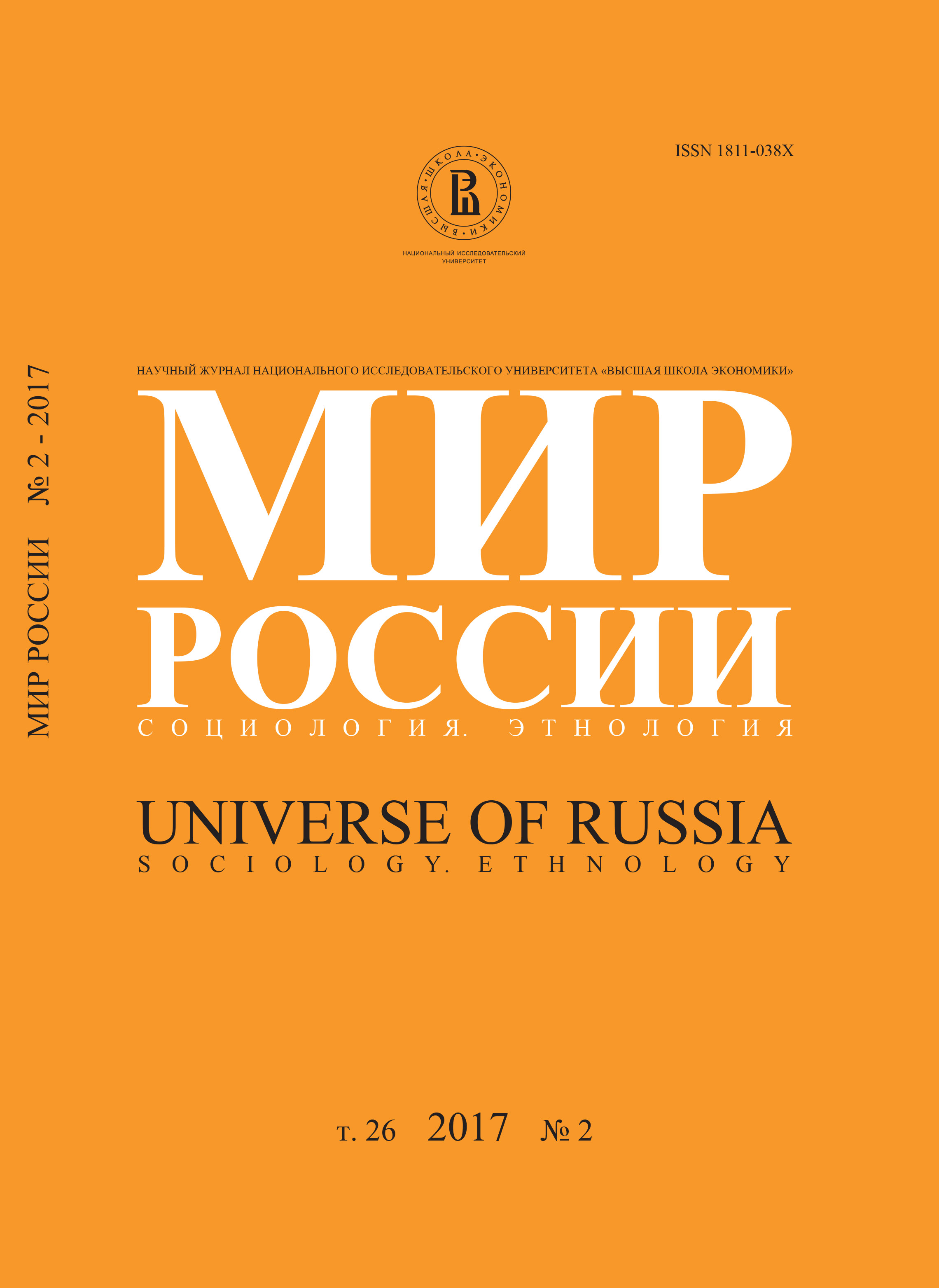Post-Soviet Society and Russia’s Macroeconomic Statistics
Abstract
Gish Khanin – Doctor of Science in Economics, Professor, the Siberian Institute of Management - a branch of the Russian Presidential Academy of National Economy and Public Administration. Address: 6, Nizhegorodskaya St., Novosibirsk, 630102, Russian Federation. E-mail: khaning@yandex.ruDmitry Fomin – Candidate Science in Economics, Senior Researcher, Novosibirsk State University of Economics and Management. Address: 56, Kamenskaya St., Novosibirsk, 630099, Russian Federation. E-mail: fomin-nsk@yandex.ru
This article investigates the causes of the distorted macroeconomic statistics in the Russian Federation. It introduces alternative methods for the estimation of GDP growth, and the growth and amount of fixed capital stock, and estimates them by drawing on alternative data. Our estimates for the period of 1992–2015 differ substantially from those reported by the Russian Federal State Statistics Service (Rosstat). According to our estimates, GDP declined by 10.2%, which is in sharp contrast with the official estimate reporting growth of 13.4%. The same is found with regard to labour productivity, for which we find the decline of 30.1% instead of the growth of 9.2%. Accordingly the full book value of fixed capital stock shrunk by 29.2% instead of the officially reported 50.9% growth. The drop in the residual value of fixed capital is estimated at 52.6%. The ratio of replacement to book value of fixed capital fluctuated between 4 in the middle of the period and 7 towards the end of the period. Additionally we estimate the amount of investment in human and physical capital necessary for producing 3% annual GDP growth. Financing such investment would require a decline in personal consumption by about a factor of 2, with a greater part of it falling on the better off population strata. Finally, we make suggestions regarding income redistribution.






